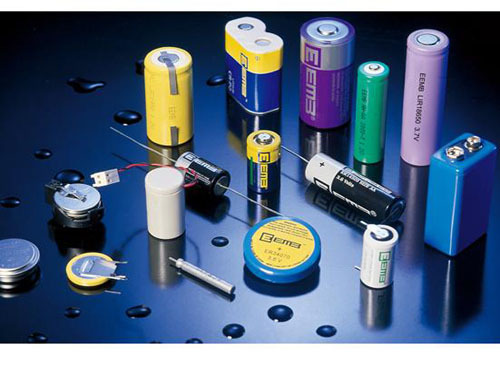
Toyota plans to launch a brand new hybrid Prius electric car in 2016. Its special feature is that this new car will not need to be "plugged in" to charge it, thanks to a family. Wireless charging technology developed by a US company called WiTricity. On the next day after the news was revealed, Intel also announced that it will launch a personal computer that does not require any wires at all before 2016, that is, neither a power cable nor a display cable is required. . Nine days later, Starbucks announced that the company will install Duracell Powermat’s wireless charging tablet at all Starbucks store tables and counters in the United States.
For wireless charging technology, the news released in June of this year is indeed quite "incoming".
However, if you look deeper into this industry, you will find that today's electronic devices are becoming more and more mobile, but in the end, they still need a wire. However, wireless charging technology will significantly change our relationship with various electronic devices in the coming years. Thoratec, a medical device company, is currently working with WiTricity to study ways to wirelessly charge the artificial heart and other medical devices. The defense giant, Lockheed Martin, is also developing a laser system to recharge drones in flight. There are many other companies engaged in wireless charging technology research.
According to data from the market adjustment agency IHS Technology, the scale of the global wireless charging market is expected to soar from US$216 million in 2013 to US$8.5 billion in 2018. So why should most of us also put a lot of chargers in our homes?
"The reality is that the wireless charging market for consumer electronics is still at a very early stage," said Camille Grzyski, Qualcomm's vice president of processes and founder and president of the Wireless Power Alliance (A4WP). “The Wireless Power Alliance established by Grzyszkyski is one of the three organizations that are engaged in the research and development of wireless charging technology.
As the basic technology of wireless charging, electromagnetic induction has long been nothing new. It has existed for more than 100 years. Its principle is as follows: First, the electromagnetic induction coil on the charging seat will form an electromagnetic field, and this magnetic field and another After the magnetic induction coil is contacted (this coil is generally connected to the equipment to be charged), power is supplied to it. Grazinski said that its working principle is no different from charging your electric toothbrush with a charging stand.
However, electromagnetic induction technology also has shortcomings, making it difficult to become a mainstream technology. First of all, each electromagnetic induction coil can only charge one device, so it is inevitably inefficient and inconvenient in a society where multiple devices coexist. Second, it requires you to position the device accurately so that the coil can start and maintain the charging process.
Proponents of electromagnetic induction technology, such as Powermat's CEO Lan Polya Kane, believe that the key to promoting wireless charging technology is not how to achieve the fastest or most effective connection, but how to make people the most Use it where you need it. Polya Kane said: "The problem we are trying to solve is how to make consumers recharge all day long. The biggest obstacle is relevance. Where should we put the charge point?" he added: "You most need The place for this service is outside your home or office."
What he said is very reasonable. It's a good idea to put charge points in Starbucks stores to at least prevent consumers from having to look for power outlets when they have long chats in the coffee shop. In addition, we can also put it in the airport, hotel or Powermat charging station. (You may not know a feature of the Powermat charging station. If it is used in conjunction with a cloud-based management system provided by the company, then a retail store can monitor who is staying at any charging station. That means Starbucks. You can choose to have you sit there for six hours, or send you a coupon for a free refill to bring you in.)
Another reason for the slow promotion of electromagnetic induction charging technology is the standard battle between the two camps. One is the Power Industry Alliance (PMA). Representatives include Duracell, Procter & Gamble, Qualcomm and WiTricity. The second is the Wireless Power Consortium (WPC), which supports a set of standards called "Qi". Hitachi, IKEA, and Verizon are all members. However, some companies have also joined two camps, such as Microsoft and Samsung.
Solar Lawn Lamps,Best Solar Lawn Lights,Solar Powered Lawn Lights,Outdoor Solar Lawn Lights
Jiangmen Liangtu Photoelectric Technology Co., Ltd. , https://www.liangtulight.com